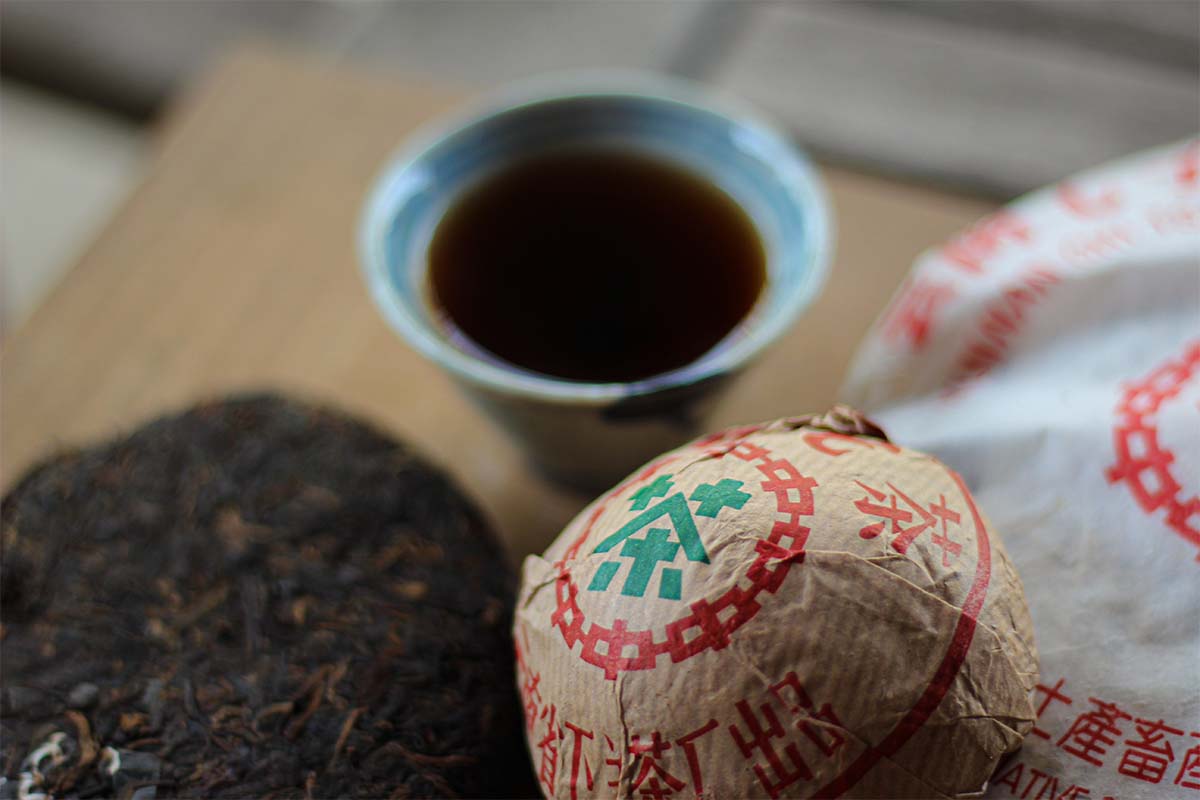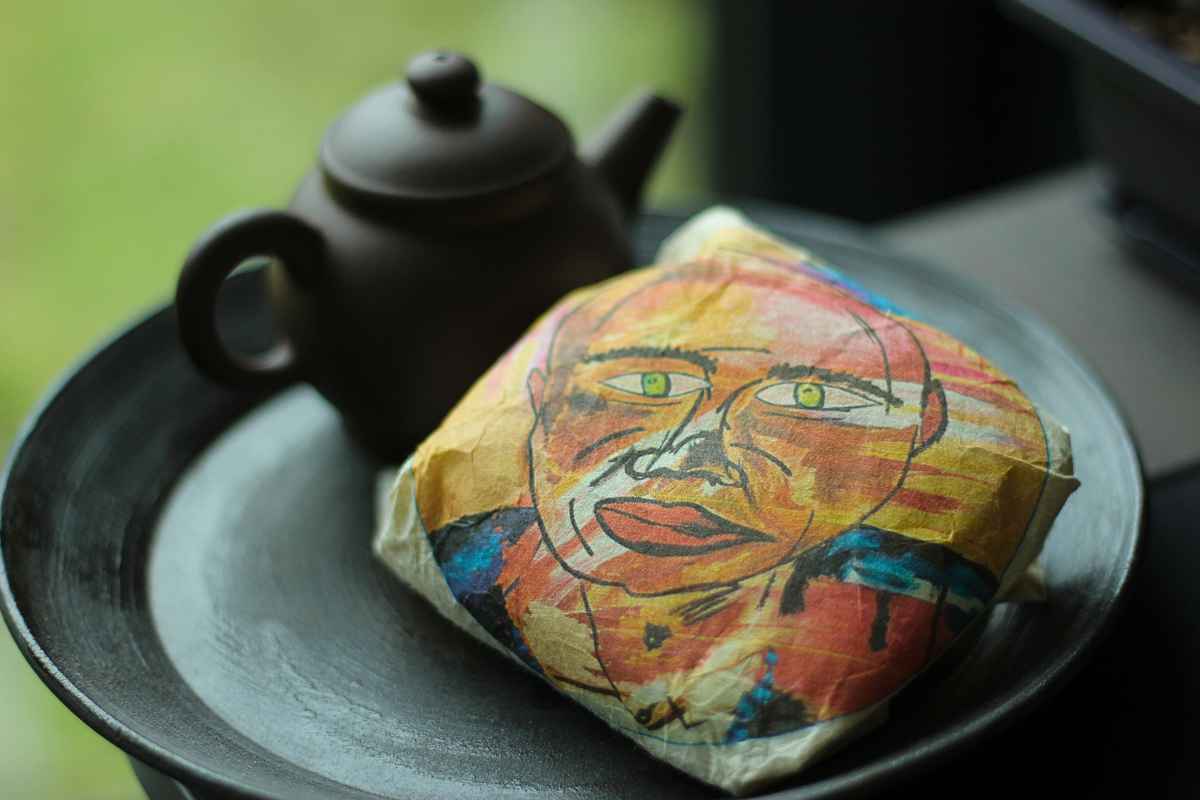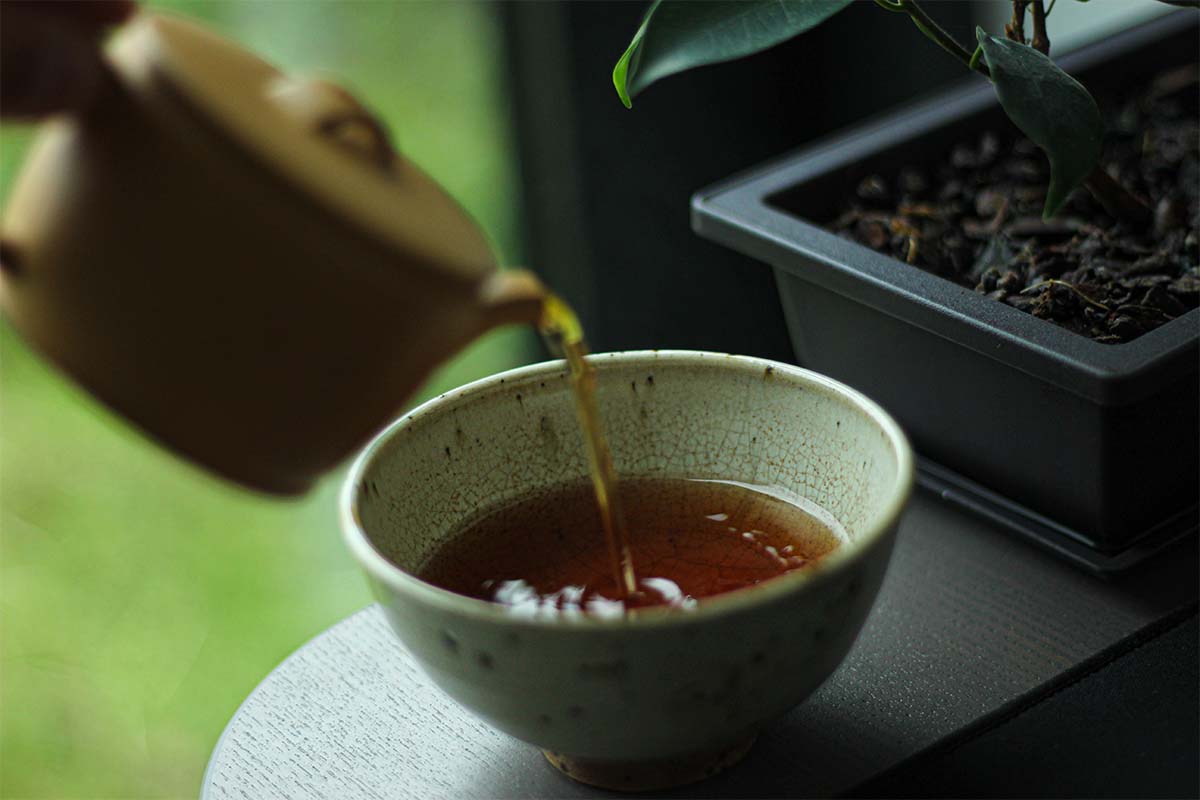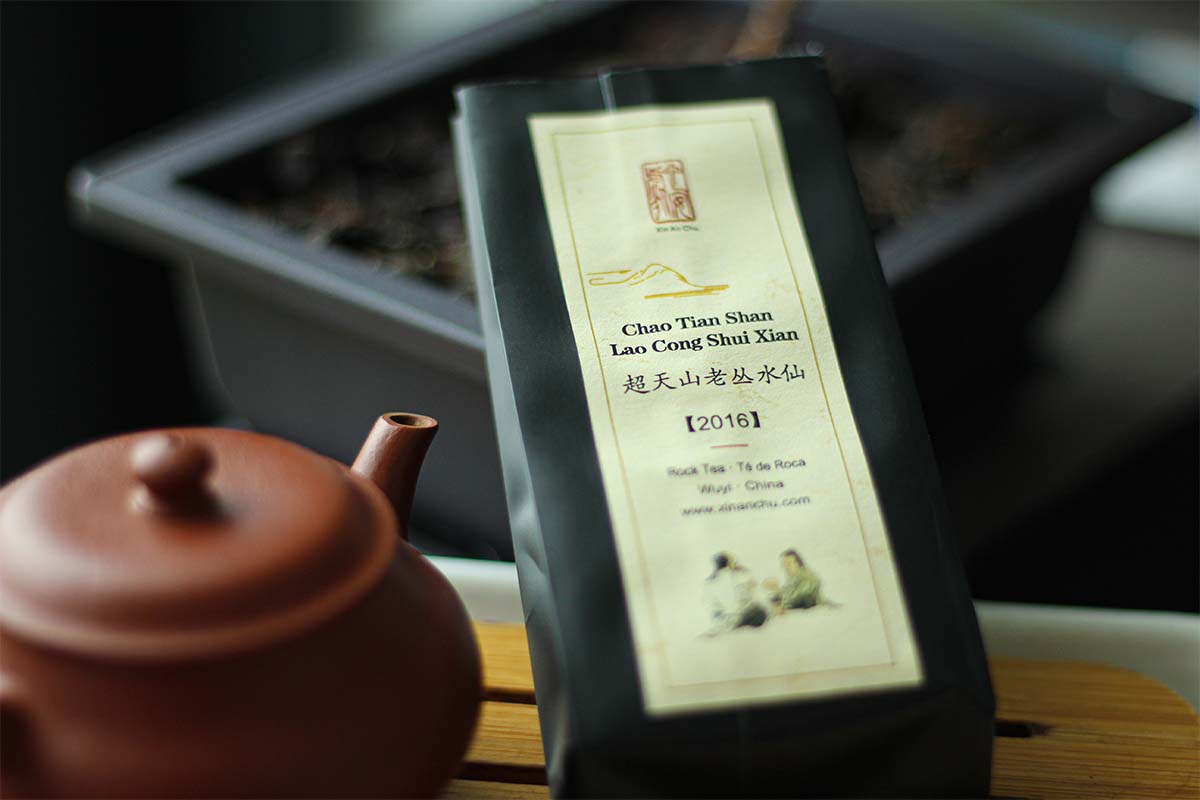The price of pu-erh tea can vary a lot and there are various reasons for the differences in price. This means that there is a variety of pu-erh tea on the market at a wide price range. What exactly is the difference between cheap pu-erh tea and expensive pu-erh tea? This article discusses the main differences and why there is a market for both.
The main difference between expensive pu-erh and cheap pu-erh is the material that is used. Gushu tea leaves from exclusive tea regions are usually unblended and used to produce expensive pu-erh tea. Cheap pu-erh tea is usually made from younger tea trees in less famous tea regions.
The price of pu-erh tea
There are various factors that determine the price of pu-erh tea. This means that there is expensive pu-erh tea, but that there is also cheap pu-erh tea. You might think that everyone wants the best and most exclusive pu-erh tea, but that is definitely not the case.
Not everyone can afford the most expensive pu-erh, let alone drink it every day. That is why there is a market for both expensive and cheap pu-erh. The different factors that set the price for pu-erh tea are discussed in detail to show what makes expensive pu-erh expensive and cheap pu-erh a lot cheaper and why some people are thankful for cheap(er) pu-erh tea.
An important side note to keep in mind is that when referring to cheap pu-erh tea, I don’t mean pu-erh tea that is priced at $15-$20 for a full 357g cake. I would stay away from these teas because they are usually of poor quality and might even contain harmful substances!
When talking about cheap pu-erh tea, I’m referring to tea that is sold for around $0.2-$0.5 per gram. This is quite a bit cheaper than pu-erh that sells for more than $1 per gram!
Quality of the tea leaves
One of the main differences between expensive pu-erh and cheap pu-erh tea is the difference in material. For pu-erh tea, the base material and thereby the terroir is the most important element that makes a particular pu-erh tea the way it is.
The quality of other types of tea such as oolong tea largely depends on the processing and the skill of the tea master who oversees the production process. This is not the case for pu-erh tea as sheng pu-erh is less processed and shows more characteristics of the mountain/area it’s from.
Keep in mind that it’s not always easy to spot the difference between high and low-quality tea leaves by just looking at them. The only real way to know what you’re dealing with is to drink the tea and evaluate flavor, aroma, qi (or energy), and overall body experience.
Tea leaves for expensive pu-erh
The best tea leaves are pressed into cakes that are more expensive. Usually, the best tea leaves come from gushu (ancient) tea trees, which can be several hundred years old. Not many ancient tea trees are available and the leaves from these trees are expensive.
Tea leaves from the most exclusive regions such as Lao Ban Zhang are also reserved for really expensive tea cakes. The most expensive material is usually not blended with other regions because that would lower the price quite a bit.
Keep in mind that blending pu-erh tea is not necessarily a bad thing. Famous factory teas such as the Dayi 7542 are blends and show that blending pu-erh tea can also lead to really expensive pu-erh after it has been aged for a few decades!
Tea leaves for cheap pu-erh
Tea leaves coming from younger and plantation trees are usually a lot cheaper than exclusive tea leaves from top-end tea mountains. There are also a lot more young tea trees and tea plantations. If there is more material available, the price will be lower.
A common practice for cheaper pu-erh tea is blending material from different mountains. Blending pu-erh tea is definitely not bad and this was done a lot in the past. In this case, the origin of the leaves is less important, as long as they meet certain standards.
Pu-erh storage
Pu-erh storage is another factor that affects the final product you’re buying. If storage conditions were good, this implies that the tea was stored in a clean and well-managed environment. This usually means that it was more expensive to store, leading to more expensive pu-erh tea. The overall experience when drinking this tea will be more pleasant.
Less clean storage is cheaper because of the conditions in which the tea has been stored. The price of the warehouse/storage area is probably cheaper and if no one is keeping a close eye on the aging process, fewer working hours need to be billed. These two factors will make this kind of storage cheaper.
The duration of storage is also important as the older pu-erh tea is, the longer it has been stored. It’s self-evident that this will lead to more expensive tea.
Why cheap pu-erh is not always bad
This statement needs further explaining because with ‘cheap pu-erh’, I’m referring to pu-erh tea between $0.2-$0.5 per gram. I don’t mean pu-erh that costs less than $0.05 per gram because those teas should be avoided at all costs! These are the types of pu-erh you would usually find at Aliexpress or similar websites for $15-$20 per 357g cake.
Pu-erh tea which costs between $0.2-$0.5 per gram can be a good value for money if you buy from trusted shops and know what you’re getting. This price range is a good option if you’re on a budget and still want to enjoy a nice cup of pu-erh tea. You can even drink it on a daily basis!
Not everyone has the money to buy pu-erh tea for thousands of Dollars so cheap(er) pu-erh is a good alternative. Let’s say everyone had the money to buy expensive pu-erh, there would not be enough for everyone to enjoy anyway.
As long as you sample first before buying a full cake and buy from respected tea shops, you can have wonderful tea sessions with cheap(er) pu-erh tea. Most tea shops actually focus on cheap(er) and mid-range pu-erh tea because this is what most people are able to buy.




